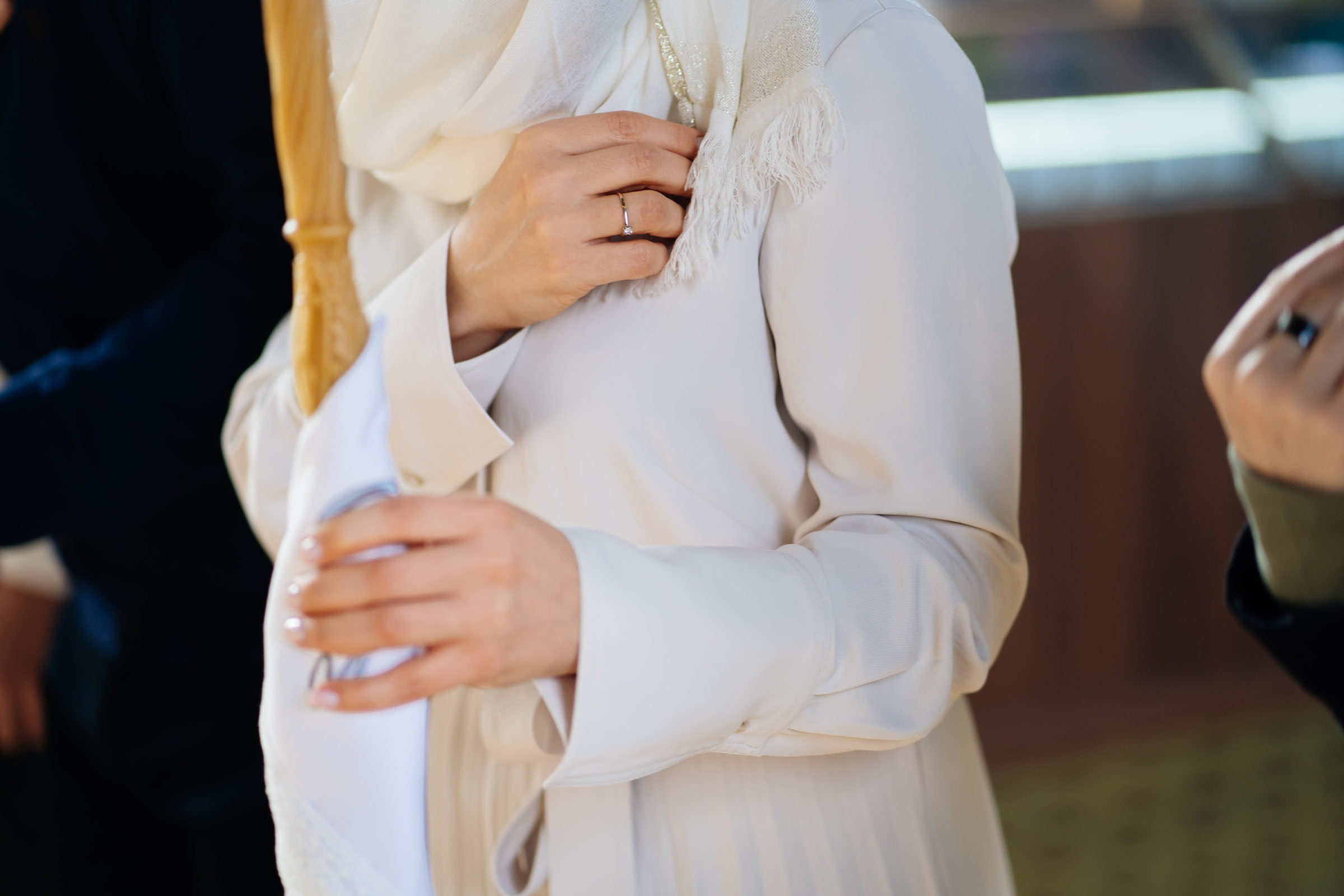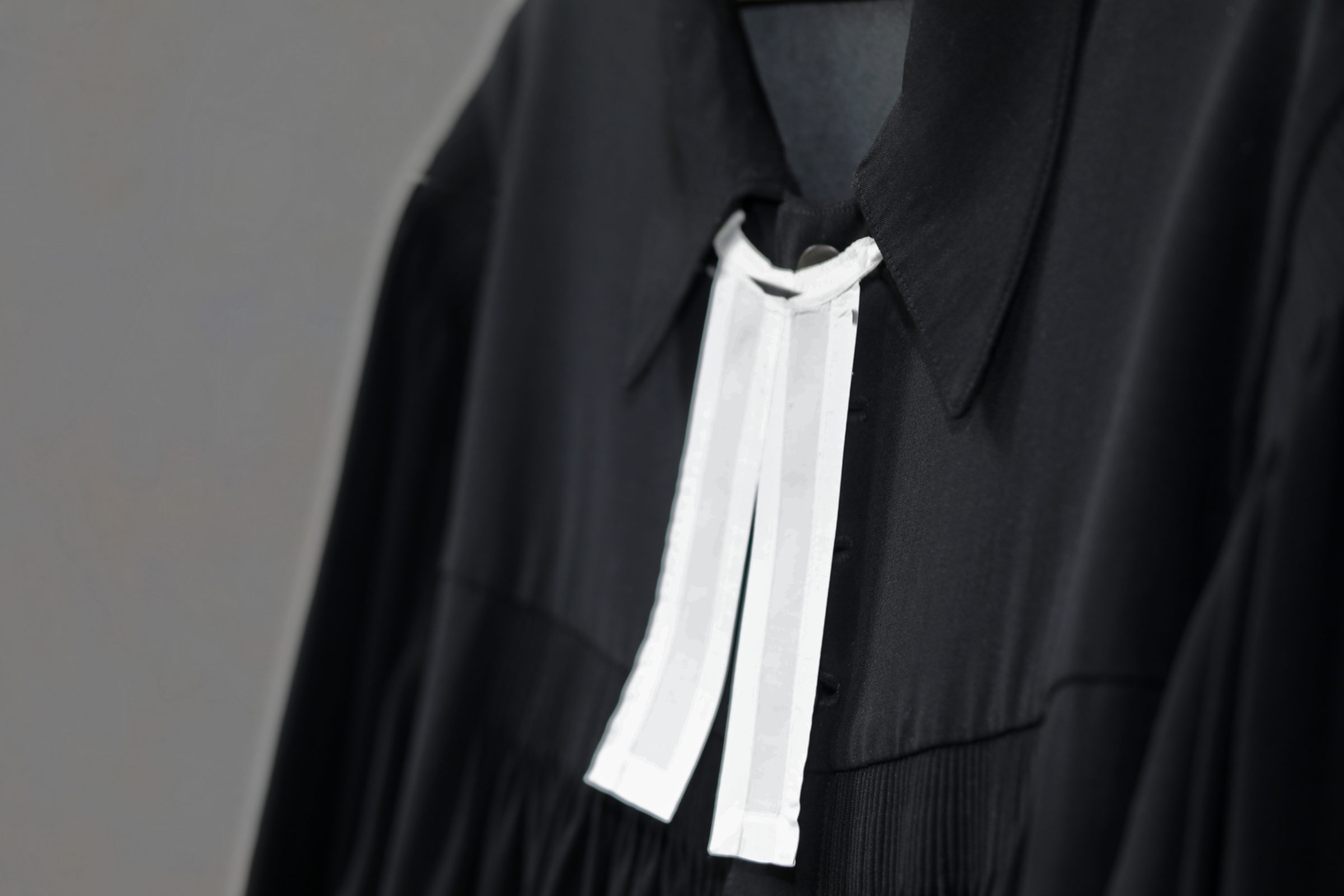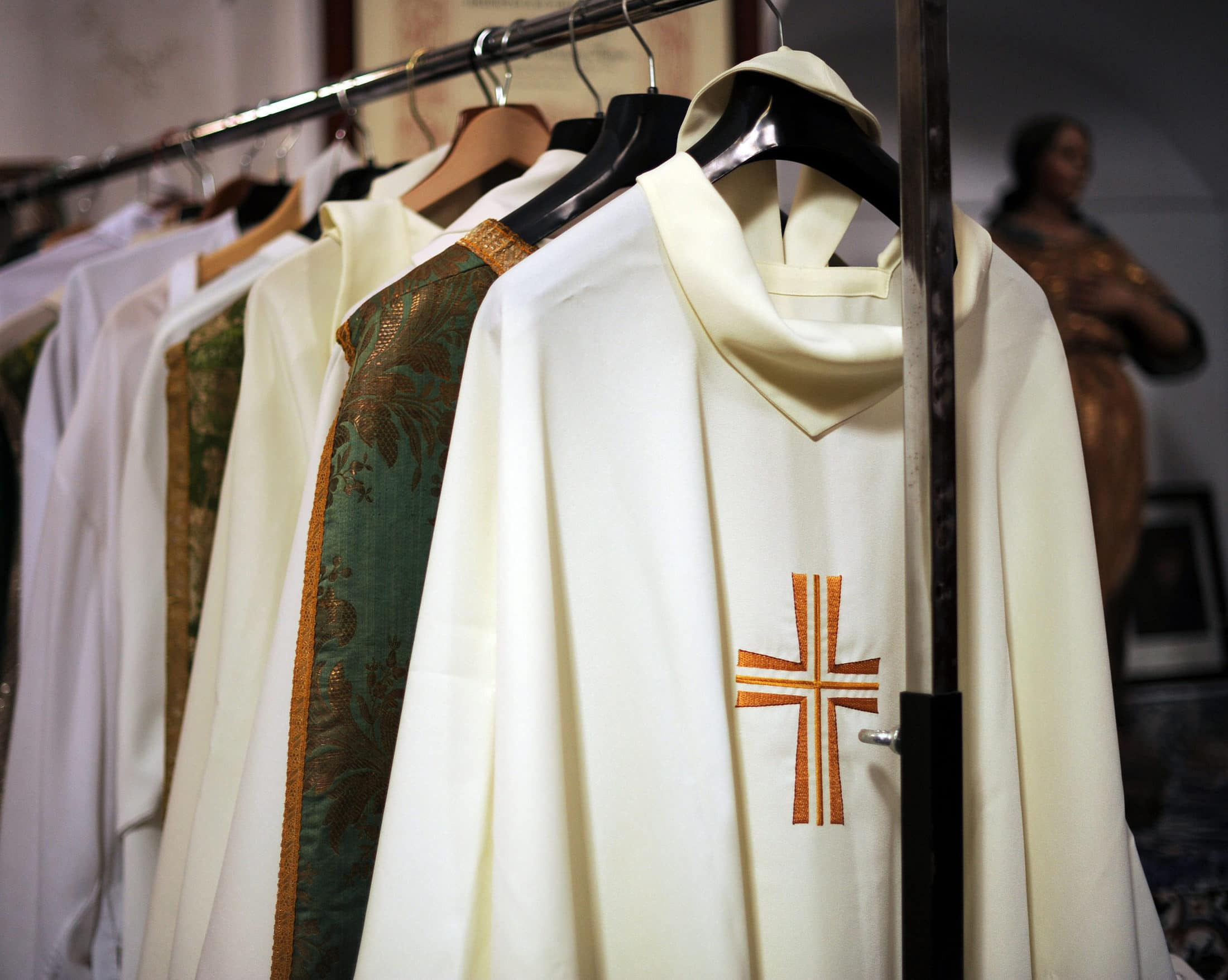There is much discrepancy for dress codes when going to church. Many religious organizations have specific guidelines as to what can be worn, and what can’t be worn. Some articles of clothing have been deemed inappropriate, while others are encouraged and welcomed. Then, there are other kinds of churches who do not regulate any mode of clothing either in the clergy or the average congregation at all.
When it comes to the clergy of the church, there are different articles of clothing which help in recognition of position and function. These pieces of clothing are separate from those called vestments. The contrast of the two are vital if you are planning to design any kind of clothing for the church. Their purposes can play a crucial role for any choices made in material, color, or overall appearance.
Difference in Terms
Clergy apparel can best be defined as the particular clothing most clergy wear on a day-to-day basis. This includes the black shirts with the white collars. Most people recognize this ensemble as something a priest or pastor wears, whether male or female. Although the shirts may be any color, more often the public does not recognize the authority of the position unless the color of the shirt is black. When designing shirts for the clergy, public perception may be a vital factor.

Shirts
There are actually two different kinds of these shirts available, a neckband shirt, and a tab-collar shirt.
A neckband shirt does not have folded down collars. There is only a thin piece of cloth surrounding the neck. The actual shirt has a small piece of cloth or flap that covers up the buttons in the front. The neckband itself has two buttonholes where the usual top button goes. More buttonholes are in the back of the neckband.
A collar stud is then arranged through the neckband. For designer purposes, the neckband should accommodate each neck size and fit comfortably, yet firmly. The end effect should be a white tab showing in the front of the shirt.
A vestment is a specific piece of clothing used for assorted rites and rituals of the service of a church. Generally, vestments are meant to be work over street clothes to help conceal the individuality of the clergy. They are meant to remind the members of the church that the ministers are functioning in official capacities when such vestments are worn. The most common vestment worn in the church is the choir robe. Although many more pieces, such as an alb and a chasuble, are also considered vestments too.
Female Clergy Wear
When designing clergy ware for the church goer, there are particulars that must be maintained. Although most clothing pieces are the same for most genders, there are special considerations for the women of your church in regard to your organization’s regulations.
For example, there are churches that require a woman to wear a dress or shirt when attending. This means that if a member of your clergy is female, a proper skirt with an appropriate length must be considered for design. Specific colors may have been adjusted as well. The overall design may have to be limited due to the clergy responsibilities. A woman who is ministering to a group of small children will not want her dress to be too tight or form fitting. There will be no room for movement when running around to maintain any little ones.

Along with the female aspect of your clothing design comes the proper fitting of any shirt. Many women require different sizes. Just like any other women’s clothing, there are differences in the structure of shirts. If the blouse is meant to be worn with a clergy collar, this will require a particular design compared to a pullover shirt with a turtleneck feature. Will the clothing be worn in different seasons or different temperatures? These factors must also be considered.
Robes
While designing clothes for the clergy, the actual clergy robe is the most common piece of costume wear that needs to be addressed. Clergy robes are generally worn by those who do not carry a doctorate degree or for those who don’t like to wear their own doctorial robes. They are marked by a wide stripe that runs down both sides of the front of the robe, with a zipper in the middle. Sometimes they are also decorated with assorted symbols and decorations as well.
Actually, the original reason that robes were worn was to show academic credentials in a formal setting. In universities, both faculty and students wear gowns according to their credentials. It was John Calvin who first began wearing robes in the church. He was not allowed to wear vestments because he was not ordained as clergy, but he did have a degree.
Cassocks
Another piece of clergy wear that can be designed is the cassock. The cassock is a garment with long sleeves, but absolutely no hood. It is usually quite plain and very light in weight. It hangs down to the ankle and serves mostly as an undergarment for any vestments.
The cassock can have buttons down the center or it can be double-breasted. These two styles are usually worn by clergy or by worship leaders. They are accompanied by a surplice many times.
As a rule, most choir members wear robes, but many of them have been inclined to wear a cassock with a surplice instead.
Surplice
A surplice is another article of clothing worn mostly by clergy. The design is similar to a cassock in that is it lightweight and has sleeves. However, a surplice is almost always white with a trim of lace. It is never worn alone, but always over a cassock. Neither is it worn over a gown or robe. For design purposes, the restrictions must be applied and accommodated for temperatures and comfortability.

Accessories
In terms of designing clerical clothing, accessories should also be included. Such articles should include the clerical collar, cinctures for the robes, ropes, and possibly vests.
Cinctures
When designing a cincture, the most important aspect is to be able to fit properly around the waist. Most cinctures are made of material that compliments the robe or tunic, such as cloth or rope. When it is constructed of leather, it is usually a belt. Positioning of the cincture is also vital. By wearing it too low, the wearer can appear to be very huge in the belly and look comical. A good cincture should be aligned with the wearer’s hips or waist.
Vests
A clerical vest is usually custom tailored to a clergy member. It is often backless and made of a medium weight poly-wool material. It provides a very classic and elegant look for either the male or female clergy member. When working in very warm temperatures or climates, the vest is a nice option to be professional yet stay cool and dry.
Collars
The last accessory to be worn for most clergy is the actual clerical collar. These are those white collars that are worn by most priests and pastors. For comfort, they are made from linen or cotton, but nowadays they may also be made of plastic. Because they close in the back, the clerical collars often appear seamless in the front. It is usually worn with a black shirt or a purple one depending on a minister’s ranking. However, new colors are now being designed for more variety in the church. It is this collar that distinguishes a clergy member when working with the public. If not worn, the clergy shirt looks like any other shirt on the market.
Conclusion
For many clergy, it is extremely difficult to know what to wear on a day-to-day basis. Sundays or any other religious day are geared to the specific wardrobe of the event. There are robes, cinctures, collars, and color-coded shirts to wear. However, the clergy of a church do not only work on Sundays. They may help with a homeless center on Tuesday, or run a bible study on Wednesdays. They may also officiate a wedding on Saturday, or attend a funeral on Friday. Each day accounts for a different function. Therefore, an assortment of clothing is definitely appreciated.
It is for this reason that more and more flexibility is desired for clergy. People of the church are asking to be more recognizable as a person. They want to share in the blends of colors that most others can wear from week to week. While they are in the throngs of working and doing church work, they too need to be comfortable and confidant.
This is true of the many more females that are rising in the church too. With their different body types and sizes, the female clothing for clergy is not always suited to the body correctly. Shirts can gape and even pull apart if not made perfectly. This leads to newer styles that need to be addressed. Dresses with more room to move around, jersey materials, and crop top styles are the next generation of clergy wear.
Clothing is a representation of who you are and, sometimes, what you do. This is especially true for the clergy of a church too. It is very important for anyone in an authority position to feel confident and assured. With the right articles of clothing, this can be achieved by either man or woman. In the church setting, there can be rules and regulations as to what each person wears, but with the right style and design, even these guidelines can be met.
